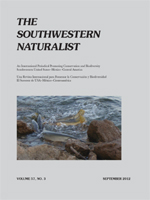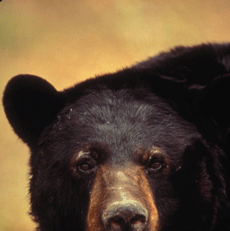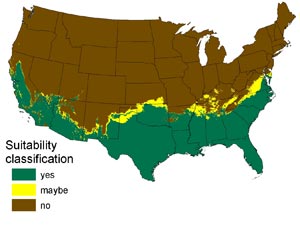 The current issue of Southwestern Naturalist has several articles that may be of interest to biologists outside of the region.
The current issue of Southwestern Naturalist has several articles that may be of interest to biologists outside of the region.
Yellow mud turtles decline in the Midwest. The largest populations of yellow mud turtles in Iowa, Illinois, and Missouri have experienced severe declines. Withdrawal of water from aquifers is the main cause, but the growth of woody plants also plays a role. Read the article, here. (Requires fee or subscription for full article.)
More info on yellow mud turtles from Texas Parks and Wildlife, here.
Cougar habitat in Texas and northern Mexico. Researchers from Sul Ross State University tested a model of current and potential cougar (Puma concolor) in Texas and northern Mexico and found that it worked. Read the article here. (Same for fees or subscription.)
Fungus strikes desert frogs. Chytrid fungus was found in desert oasis frog populations in Baja California Sur. The oases with higher infection rates also had bullfrogs and non-native crayfish. Read the article here.
Also interesting: Western red bats (Lasiurus blossevillii) and Arizona myotis (Myotis occultus) were found on the lower Arizona River after the area was restored. The Arizona myotis had been extirpated from the area, and the western red bat had not be found there previously. Read the article here.


 When it comes to feral cat colonies versus bird conservation, there is not a lot of middle ground, reports a new study in
When it comes to feral cat colonies versus bird conservation, there is not a lot of middle ground, reports a new study in  In 2008 the US Geological Survey published a report that said that the entire southern third of the United States could provide habitat for the invasive Burmese python that has been roiling the Florida Everglades ecoystem.
In 2008 the US Geological Survey published a report that said that the entire southern third of the United States could provide habitat for the invasive Burmese python that has been roiling the Florida Everglades ecoystem.